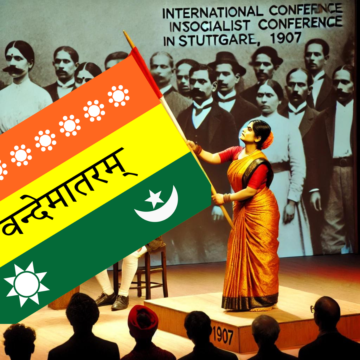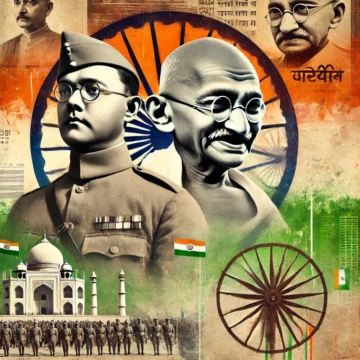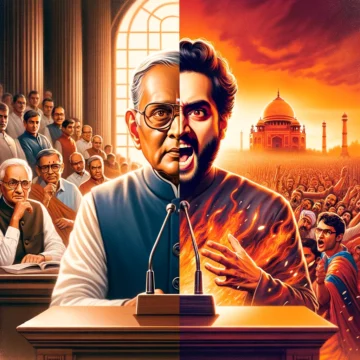Exploring the pivotal Royal Navy Revolt Mumbai of 1945, this blog delves into the critical yet often overlooked catalyst that swayed India's struggle towards independence. Unlike popular belief, it wasn't solely Gandhi's non-violence but also this armed defiance that hastened the end of British rule in India.
Tag: Indian independence movement
Bhikhaiji Cama And First Indian Flag
Madam Bhikhaiji Cama, a profound figure in the Indian independence movement, made history on August 22, 1907, by unfurling what she presented as the first Indian flag at the International Socialist Conference in Stuttgart, symbolizing a unified struggle against imperialism and showcasing India's burgeoning demand for sovereignty.
Indian Freedom Struggle and Formation of Ghadar Party
Explore the Ghadar Party's foundational role in the Indian freedom struggle, established in 1913 by expatriates in San Francisco. This post delves into their radical approach to overthrow British rule, influenced by the discriminatory experiences faced by Indian immigrants in North America and their fierce desire to liberate their homeland.
Subhash Chandra Bose: Contrasting Strategies with Gandhi
Explore the profound contrasts between Subhash Chandra Bose's militant tactics and Mahatma Gandhi's non-violent strategies in the fight for Indian independence. This blog delves into how their ideological differences influenced the movement's trajectory, offering insights into their leadership roles and the lasting impact of their divergent approaches on India's path to freedom.
Revolt 1857: Kanpur Seize and Satichaura Ghat Massacre
Welcome to HinduInfoPedia.org as we revisit the Siege and Massacre of Cawnpore during the 1857 Revolt. This week, we delve into these pivotal events that marked significant shifts in the First War of Indian Independence, deeply influencing anti-colonial sentiments and shaping the resistance against British rule. Join us as we explore the impact and legacy of these historical upheavals.
Indian Freedom Fighters: Legacy of Gopal Krishna Gokhale
As one of the prominent Indian freedom fighters, Gopal Krishna Gokhale played a pivotal role in the early years of India's struggle against British colonial rule. Born on May 9, 1866, in Ratnagiri, Maharashtra, Gokhale's contributions as a senior leader of the Indian National Congress and a distinguished social reformer were significant. His diplomatic skills and steadfast principles led him to the presidency of the Congress in 1905, advocating for self-rule through gradual and constitutional reforms. Gokhale’s commitment to moderate nationalism and his focus on elevating the Indian elite's status underscored his strategic approach to engaging with colonial authorities through dialogue and legislative advocacy. His founding of the Servants of India Society aimed to prepare the nation for self-governance by educating and reforming society from within, further cementing his legacy as a reformer. The juxtaposition of Gokhale’s philosophies with those of Bal Gangadhar Tilak offers profound insight into the diverse strategies that shaped the struggle of Indian freedom fighters, highlighting the complex interplay between moderate reform and radical activism in their quest for self-rule.







